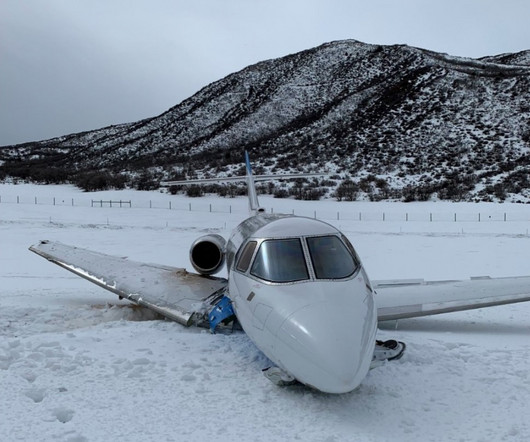The anatomy of a commercial flight – all you ever wanted to know: Part two
Aerotime
DECEMBER 20, 2024
Depending on other traffic ahead, not least at the destination, air traffic controllers (ATC) will clear the flight to descend in stages, to be level at certain waypoints on the arrival route. This may be accompanied by the deployment of spoilers on top of the wing.
















Let's personalize your content